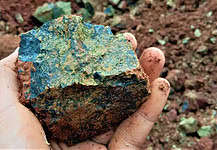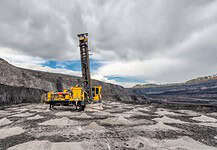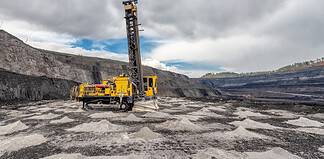Rio Tinto releases information of tailings facilities in alignment with GISTM requirements

Rio Tinto (ASX:RIO) has released detailed information on 14 of its global tailings facilities and their progress towards conformance with the Global Industry Standard on Tailings Management (GISTM).
These tailings facilities are those rated very high or extreme under GISTM classifications, based on the highest potential consequences in the extremely unlikely event of a failure.
Rio Tinto chief technology officer Mark Davies commented on the release of information.
“Since the tragic failure of the tailings facility at Brumadinho in Brazil in 2019, the entire industry has been working to improve the way we manage tailings facilities,” he said.
“Responsible tailings management is critical to ensure the safety of our people and communities and to protect the environment. We have made considerable progress since August 2020 towards conformance with the GISTM.
“Good tailings management is also about transparent partnership, and we have been working with the local communities near our facilities to increase awareness of our management practices and how we can best work together to continue to keep people and the environment safe from harm.”
Tailings facilities are reservoirs that store mine tailings – fine-grained waste material that is discharged from an ore processing plant or coal preparation plant.
Often, the tailings leave the mine processing plant in a slurry form and are usually, but not always, stored on the surface in storage facilities.
Failure to maintain the slurry can result in risks to the public health and safety to the community and environment.
In January 2019, a tailings dam at the Córrego do Feijão iron ore mine in Brazil suffered a catastrophic failure, which resulted in the death of 270 people.
The collapse of the tailings dam released a toxic tidal wave of tailings, engulfing buildings and polluting the water supply of a nearby river.






































